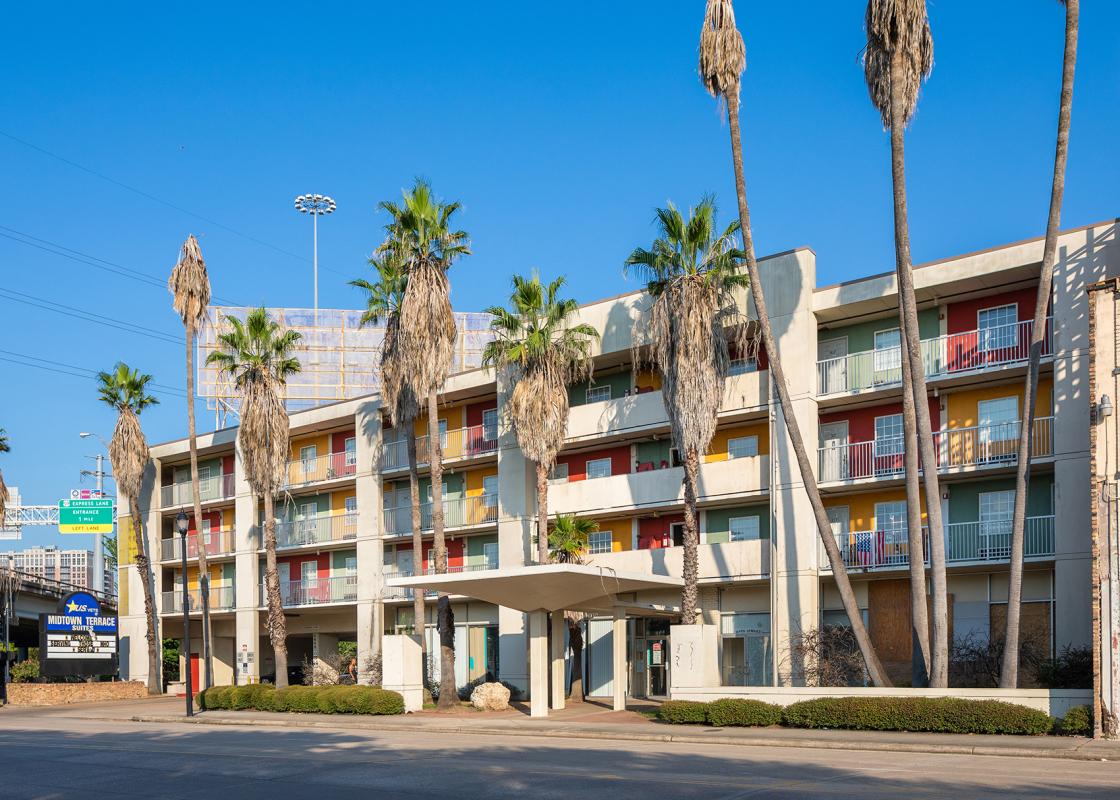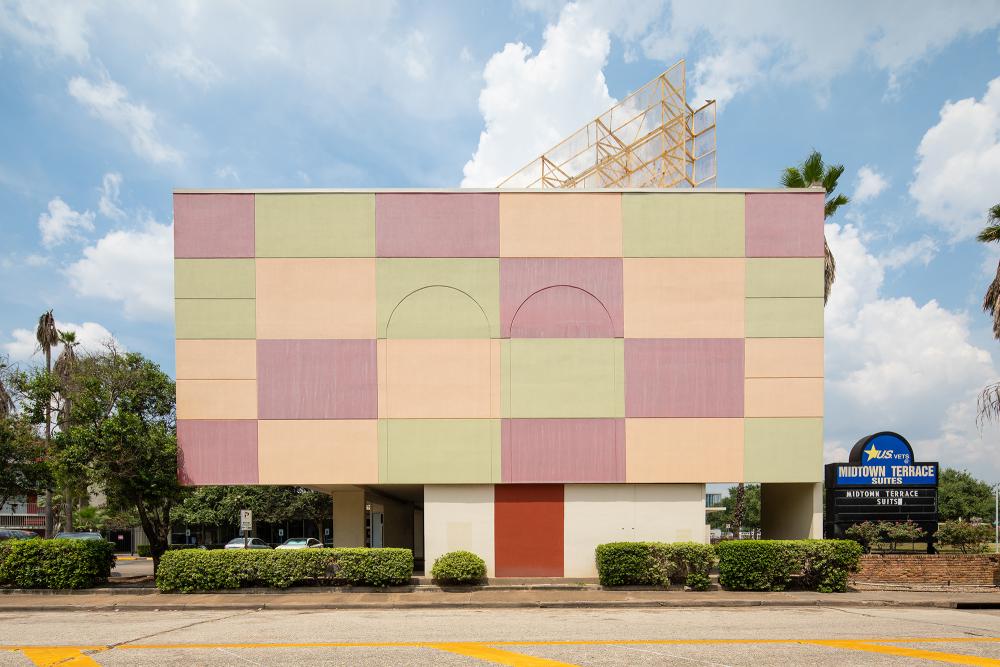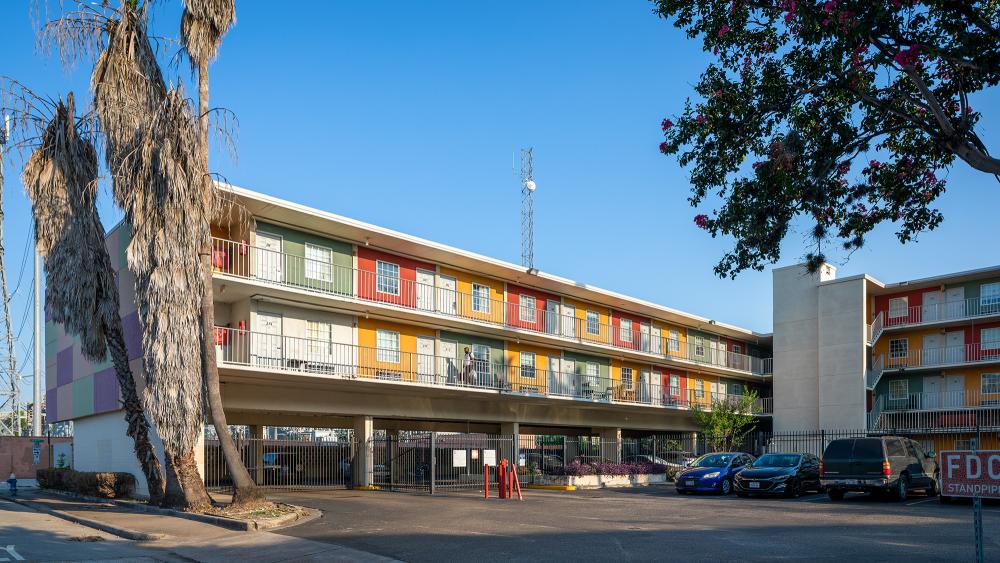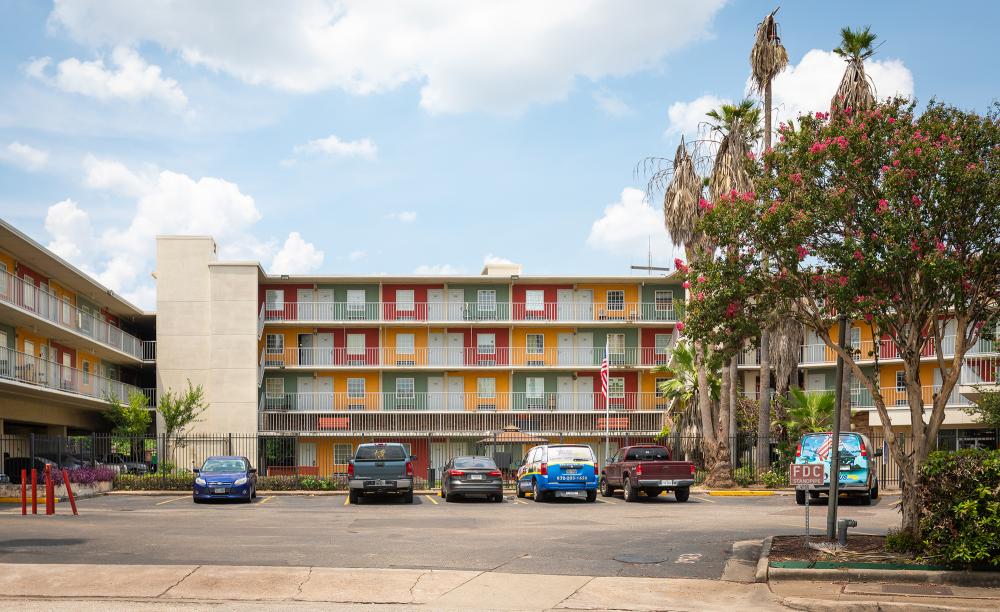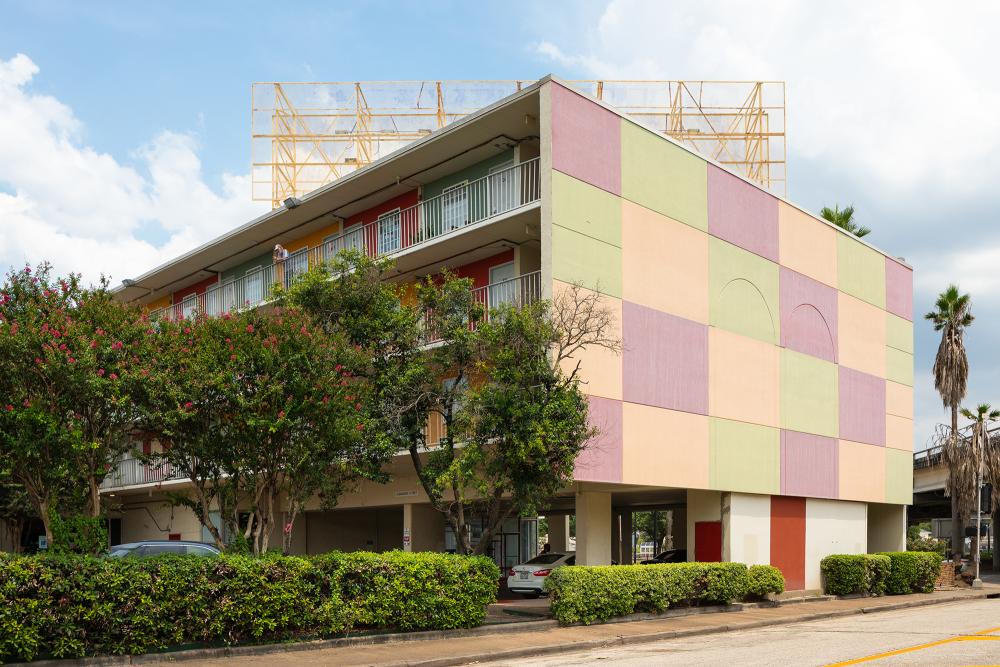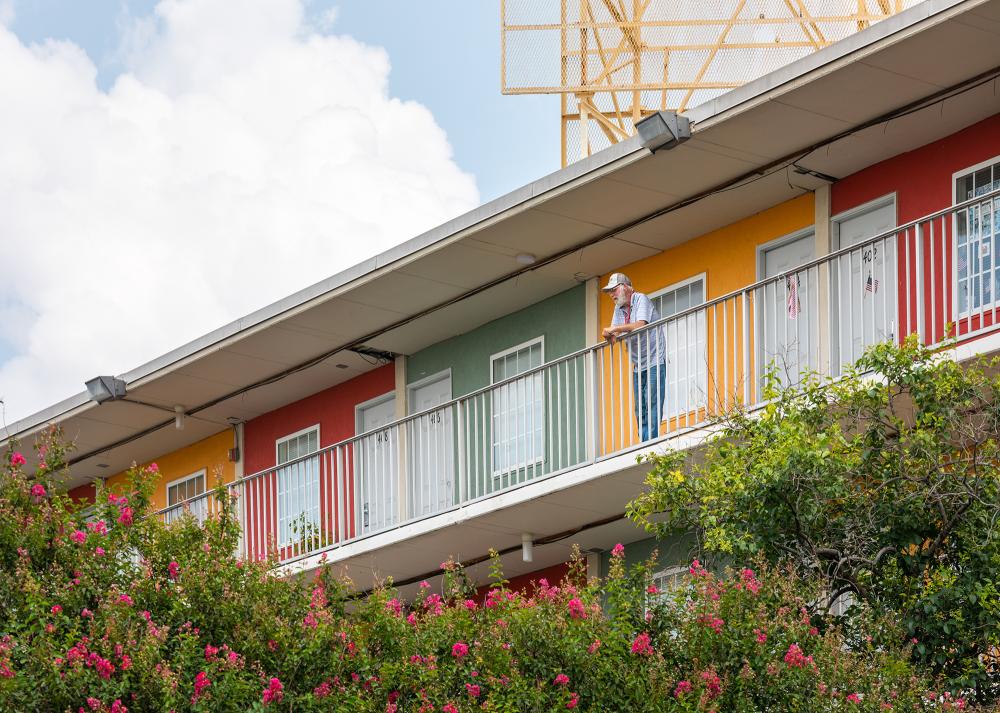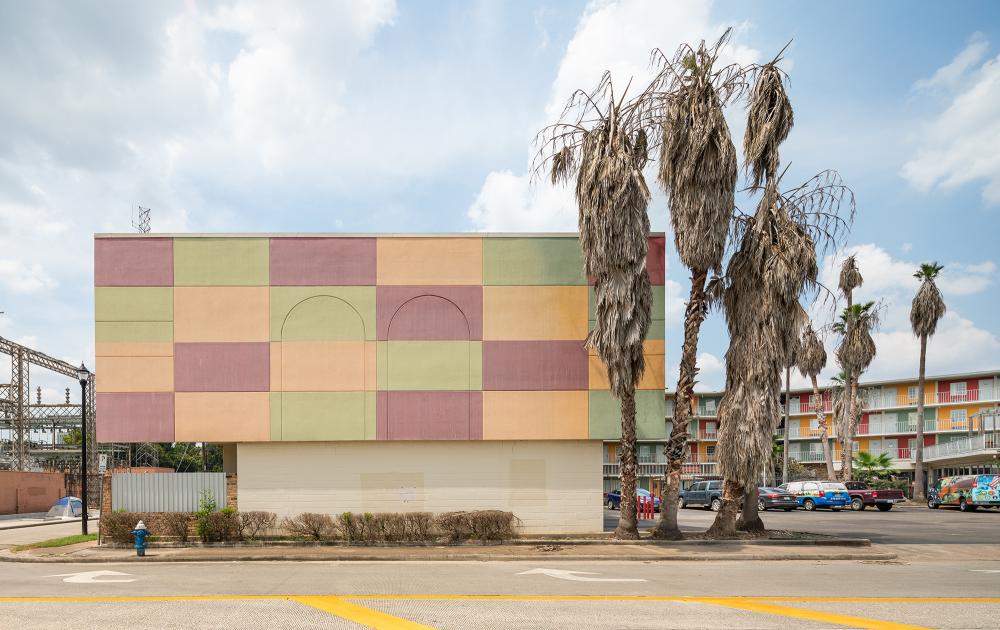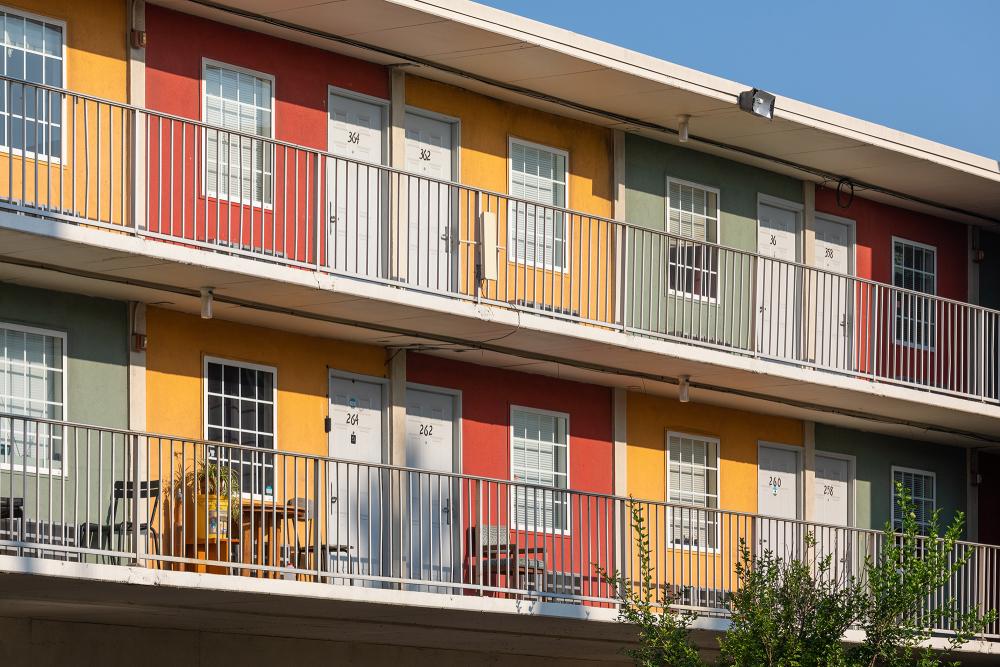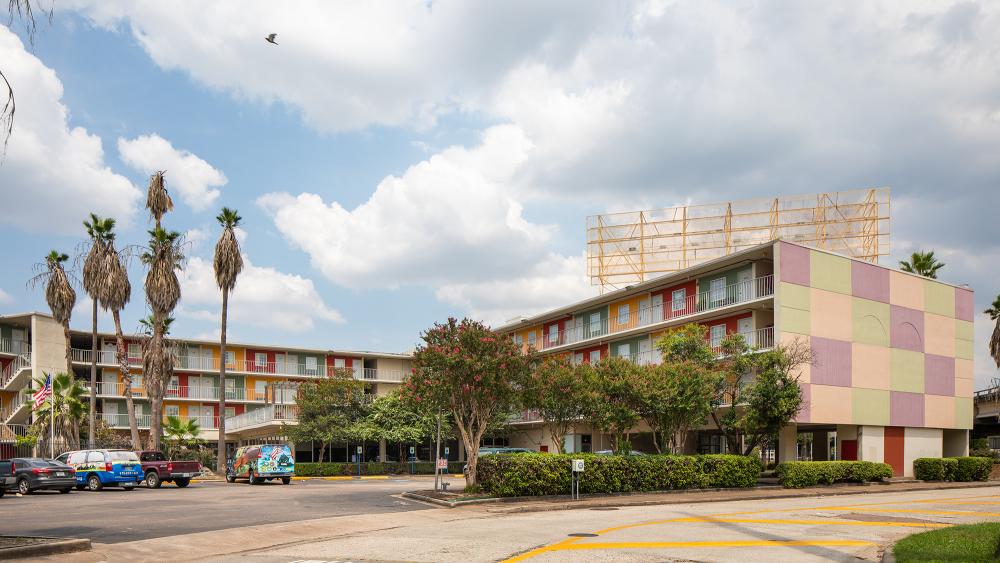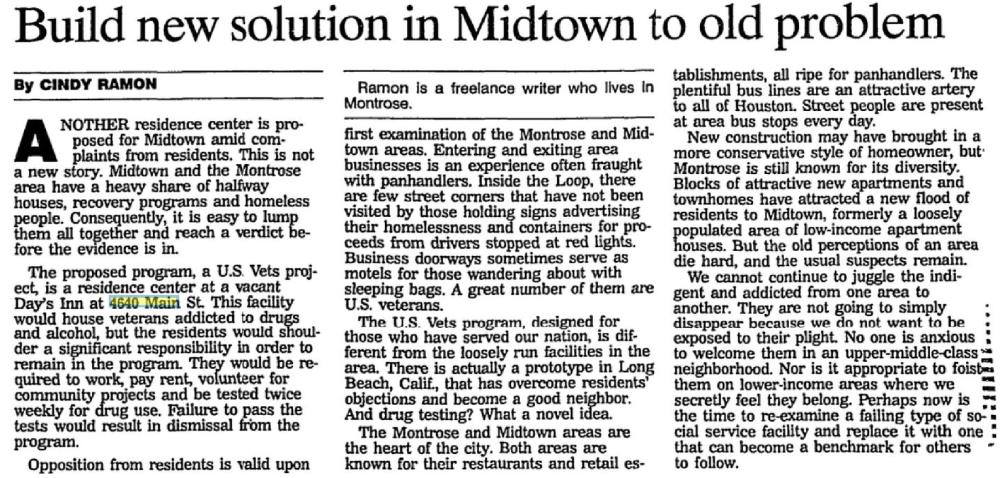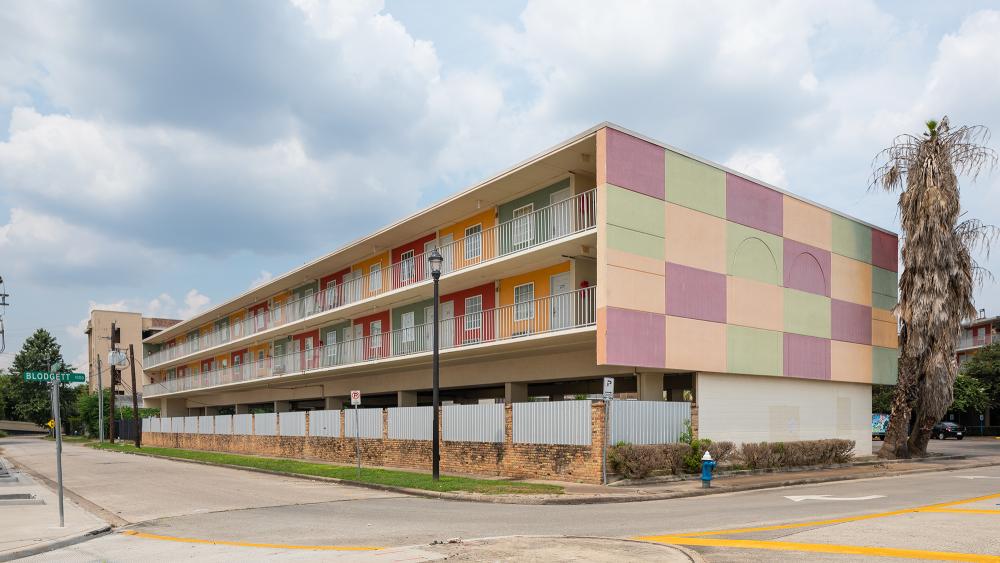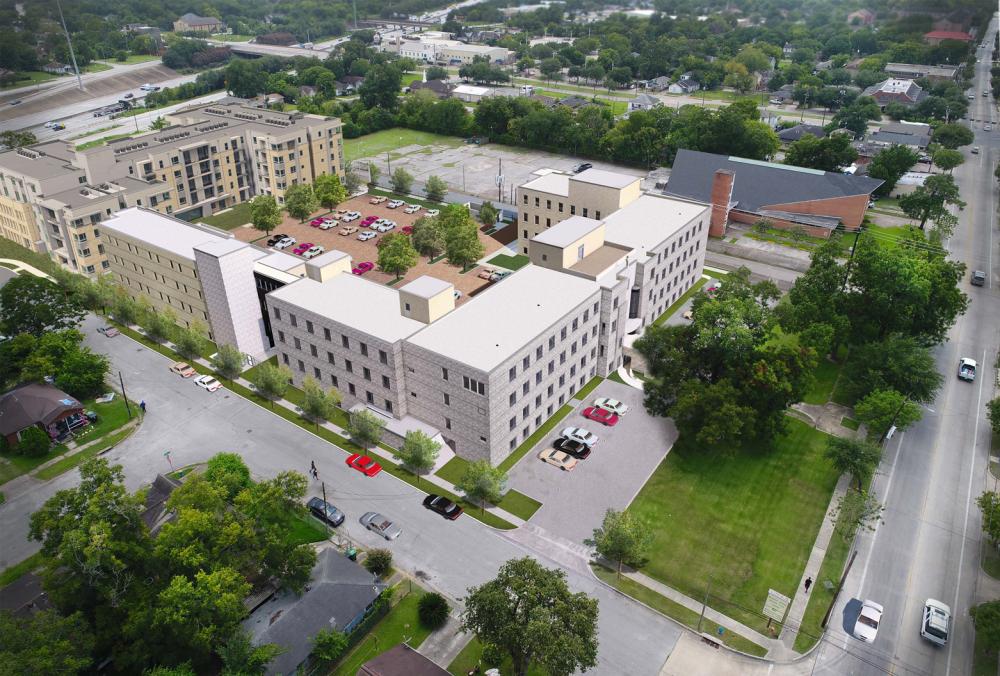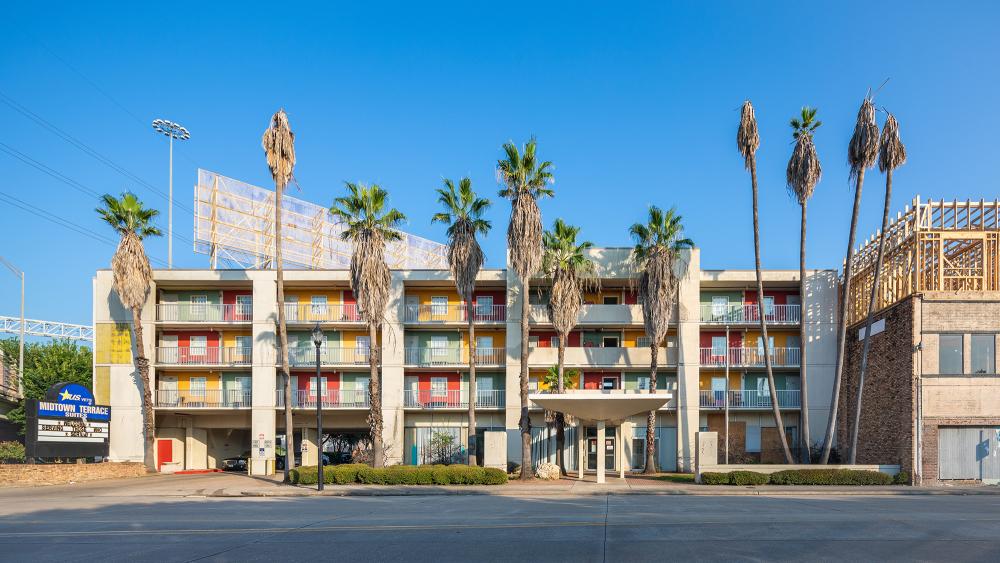If the past five years had gone according to the Texas Department of Transportation’s (TxDOT) plan, construction would be well underway on the North Houston Highway Improvement Project (NHHIP). As currently designed, the NHHIP stretches from Beltway 8 to State Highway 288, rerouting I-45 alongside I-69 through downtown. Significant portions of the freeway would be expanded and updated to meet current design standards. Instead, TxDOT is fielding a now-paused lawsuit from Harris County and a federally mandated pause on the NHHIP, though recently the agency was allowed to proceed with design for parts of the project, including Segment 3, which includes work in and around downtown. Still, TxDOT continued to send relocation notices, leading Houston residents to brace themselves for the impending onset of the likely decade-long construction process.
If the Federal Highway Administration allows TxDOT to move ahead with the NHHIP in full, the project would displace an estimated 1,079 residential units, 344 businesses, five places of worship, and two schools, according to the official response to TxDOT’s Final Environmental Impact Statement from the City of Houston and Harris County. TxDOT’s proposal continues Houston’s legacy of freeway projects that divide communities, isolating them from one another and the city at large. Of course, the cut is not always clean. When I-69 and SH 288 were originally built in the mid-20th century, they sliced through Third Ward, creating a region that would come to be known as Midtown north of I-69 and, more recently, Museum Park between SH 288 and I-69.
Midtown and Museum Park have gentrified significantly in recent decades, but at their freeway edges, some sociopolitically marginal urban programming endures. This includes Midtown Terrace Suites, an affordable housing complex serving unhoused veterans.
Change is on its way for these blocks. In conjunction with the NHHIP, TxDOT is poised to acquire half of Midtown Terrace Suites’s units through right-of-way acquisition, along with 428 other affordable housing units along the proposed expansion’s path. (For reference, a video animation of the Final EIS Schematic of Segment 3 shows its impact on this site, as does an overlay used for gathering public comment.) METRO will soon remodel the Wheeler Transit Center next door to service Midtown’s new Ion District, anchored by the Ion itself, which rises from the concrete frame of the city’s first Sears. As part of that effort, the nearby Fiesta has been renovated to house Greentown Labs, a “community of climatetech pioneers.”
Examining Midtown Terrace Suites’s plight is a timely case study in the social, economic, and political forces which animate development within the marginal territories created by Houston’s freeways.
“They Did Not Want Us Here”
Originally constructed in 1965 as a hotel, Midtown Terrace Suites was converted to housing for homeless veterans in 2004 through a partnership between US Vets, a non-profit organization, and Cloudbreak Communities, a Community Development Corporation. US Vets has leased the complex for the past seventeen years.
Before its facilities were converted to apartments, Days Inn worked with the nearby Military Entrance Processing Station to house newly enlisted servicemen from across the region spending the night in Houston before being shipped out to basic training. As a result, several of the current residents and employees were visitors at the motel years before living or working there. [1] US Vets supports “the successful transition of military veterans and their families through the provision of housing, counseling, career development and comprehensive support,” according to their website. To this end, residents can find an impressive array of counseling and development resources within the complex to aid them in meeting the sobriety and employment requirements of tenancy. The program seems to be achieving its intended effect. According to Cloudbreak, many tenants have maintained residency at the complex for upwards of ten years. A visit to the complex confirms Cloudbreak’s assertion: doors and windows are decorated, a well-worn grill stands in the courtyard, and small groups of tenants engaged in animated discussion come and go through common areas.
The NHHIP isn’t the first bump in the road for Midtown Terrace Suites. Supporting our veterans is an aim that would seem likely to garner near-universal bipartisan support. Still, affordable housing specifically for unhoused people—regardless of veteran status—was a hard sell in up-and-coming, early-aughts Midtown. Neighbors united around another bipartisan cry—that of “not in my backyard,” or NIMBY.
There was a time when a property owner’s authority stopped at the lines of the parcel. Beginning with nuisance laws developed over the course of the 20th century and powerfully seen in racialized land management practices including redlining, deed restrictions, and zoning, this gradually ceased to be the case. In today’s cities and subdivisions, residents are deeply invested in the streetscapes, parks, and other public amenities that their mortgages effectively pay for—amenities that would purportedly lose value with the construction of nearby affordable housing. NIMBY actions are a demonstration of this investment. As with more formal development restrictions, the principles of “NIMBYism” can be used for the powers of good, like when residents in East Houston protested the creation of the Whispering Pines Landfill in the 1970s. More often, however, the cry is sounded against issues that might have wider urban benefits—like affordable housing—because the people who live in these developments are perceived as a burden on the surrounding community.
While NIMBYism might sound like a conservative position, the movement is complicated by the fact that homeowners typically support restricting local development regardless of political affiliation. A 2020 paper by political scientists William Marble and Clayton Nall found that while “liberals are much more likely than conservatives to agree with the desideratum that the federal government should guarantee housing for all,” they “may sway from supporting housing development, and instead favor other policies.” Instead of building more housing, they are more likely to support measures like rent control, even though this policy fails to deliver affordable housing, according to economists cited by Marble and Nall. Or, to put it in the terms of a Houston Chronicle article by Chris Tomlinson from 2019: “a surefire way to turn a bleeding-heart liberal into a raging conservative is to propose an affordable housing development in his or her neighborhood.”
The concerns of NIMBYists at times stem from the overlapping prejudices of racism and classism. Midtown was gentrifying quickly in the early 2000s when plans for Midtown Terrace Suites were first publicly proposed. According to the American Community Survey, in 1990 the neighborhood was approximately 11 percent white, 64 percent Black, and 25 percent Hispanic or Latino. 75 percent of residents were living in poverty, and nearly half did not have a high school diploma. But by 2010, Midtown was 40 percent white, 40 percent of residents were living in poverty, and 59 percent had at least a bachelor’s degree. While these statistics are by no means an exhaustive picture of the dynamics at play, they give a sense of the economic and racial demographic shifts being driven by aggressive redevelopment.
In her 2020 paper “The Geography of Inequality,” published in the American Political Science Review, political scientist Jessica Trounstine found that “more stringent land use regulations are supported by whiter communities and that they preserve racial homogeneity.” Her research strongly suggests that “even facially race-neutral land use policies have contributed to racial segregation.” When Midtown Terrace Suites began canvassing support for their renovation in the midst of a changing neighborhood, they encountered this sentiment. As Oskar Yetzirah, a long-time US Vets employee, relays, “they did not want us here. They really did not want us here.”
While Houston’s freeways often define the borders between neighborhoods of dramatically different economic and social compositions, along and beneath the infrastructure lies a third condition occupied by those unable to move in either direction. The vulnerable among us are pushed to these physical and cultural margins. This phenomenon can be seen along most freeways, both in Houston and in other American cities, where robust homeless encampments occupy underpasses and unused green space between the snaking roads. Even less evident are the resources servicing these populations. Within the path of the NHHIP’s displacement, these include Midtown Terrace Suites, SEARCH Homeless Services, and the Loaves and Fishes soup kitchen, all organizations in Midtown or EaDo. Some services have gathered the resources to scale up, such as the Recenter’s new building along Main Street, but many do not have the capital to do so.
In her 1989 essay “Choosing the Margin as a Space of Radical Openness,” bell hooks posited that the margin is a site of creativity, power, and resistance. For hooks, there was power in choosing to locate oneself ideologically at the margin, even when one is invited into the “center.” Though hooks, who died last year, wrote explicitly about her lived experiences as a Black woman, there are obvious parallels between her thinking and our discussion of Houston’s freeway borderlands. What might it mean to choose or to privilege space at the margin in a deliberate sense rather than to be relegated to it by overarching power structures? There aren’t often answers to this question in Houston, where proximity to freeways diminishes real estate values, and most jump at the opportunity to escape it.
New Beginnings
As the NHHIP stalls with the fate of Midtown Terrace Suites hanging in the balance, Cloudbreak Communities has begun to develop a new housing project next door. Although the completion date for the complex is up in the air, it will provide fifty-six new units on the site, approximately half of which are set to serve as affordable housing, though the definition of affordable is pending input from the City of Houston and Harris County. Hopeful that the NHHIP’s federal pause will result in changes to the project’s right-of-way, US Vets is not necessarily planning on leasing the new Cloudbreak development, but the twenty-some affordable units it will contain could realistically be a part of the nonprofit’s relocation strategy for any veterans who stand to be displaced.
In recent years, Cloudbreak Communities has also partnered with Fifth Ward Community Redevelopment Corporation on an affordable housing initiative called St. Elizabeth’s Place. Designed by Van Meter Williams Pollack, the project will transform the historic St. Elizabeth’s hospital, built in 1947, into mixed-income housing that aligns with the Fifth Ward Community Redevelopment Corporation’s Lyons Avenue Renaissance initiative.
Fifth Ward has its own history of being negatively impacted by freeway projects. In the 1960s, the neighborhood lost 686 homes, 101 businesses, eleven churches, and two schools to the construction of I-69 and I-10, an event that the community is still struggling to recover from economically and culturally. There are several high-profile projects planned for the area, including East River, a mixed-use development by Midway that’s currently under construction.
Nevertheless, affordable housing options will become more limited for Fifth Ward residents because of the NHHIP. The proposed design of the freeway calls for the complete demolition of Clayton Homes and partial demolition of Kelley Village, both of which are 100 percent affordable housing complexes managed by the Houston Housing Authority—a loss of about 400 units overall. By comparison, St. Elizabeth’s Place will provide 179 mixed-income units. This challenge to affordability is rounded out by the speculative real estate practices that are beginning to take shape throughout the community, where it is commonplace to see four townhouses sprouting on a lot that once held a modest single-family home.
While Houston has made notable progress on addressing individuals who are chronically unhoused, there are many more struggling just above this threshold. As Houston continues to become more expensive, these are the populations that will feel this burden most immediately. Regardless of veteran status, more work is needed to help make sure folks don’t fall through the gap.
When asked about his feelings on the displacement, Yetzirah is surprisingly zen. Lifelong Houston residents, he says, know that attempting to halt progress is a lost cause. The leadership at Midtown Terrace Suites is planning to ensure that the veterans in their care are covered throughout the displacement process, and that is all that can be done. “That’s the nature of this city,” he quips cheerfully. “It will always be developing.” This is good news from a pragmatic standpoint. Whether through Cloudbreak Communities’s efforts or TxDOT’s more standardized relocation package, tenants of Midtown Terrace Suites will not lose housing because of the NHHIP. However, it seems complicated that this security takes the form of being relocated into other communities which are likely less white, wealthy, and gentrified. Displacement is the only way that Midtown Terrace Suites’s residents are allowed to continue taking up space in the city.
Looking Forward
Midtown Terrace Suites links many uncomfortable Houston legacies. Because Houston experienced its most explosive period of growth in the second half of the twentieth century, its legacies represent broader late-capitalist processes which influence planning across the United States; exclusion, segregation, gentrification, and unethical land acquisition are powerful forces in planning history. The displacement of Midtown Terrace Suites by a publicly contested freeway expansion and the shuffling of its residents across the city by state and non-profit actors are one material example of how these histories are present today.
To acknowledge and reckon with these powerful forces is to engage our city’s psychic debt, rather than solely celebrating the shallow gain of a couple dozen affordable housing units. By challenging the planning paradigms that invite the displacement of communities as Midtown Terrace Suites, we begin a productive conversation that can inform new, more equitable modes of development in Houston.
Kaede Polkinghorne is a Design Intern at SCAPE in New Orleans. She holds a BS in Environmental Design and BA in Philosophy from the University of Houston.
Notes
[1] Most information about Midtown Terrace Suites’s specific history comes from onsite interviews with Oskar Yetzirah, employed by US Vets, and Christopher Baker, formerly employed by Cloudbreak Communities. Yetzirah is himself a veteran who stayed in the Days Inn before deployment decades ago and recalls learning of the conversion fondly.


